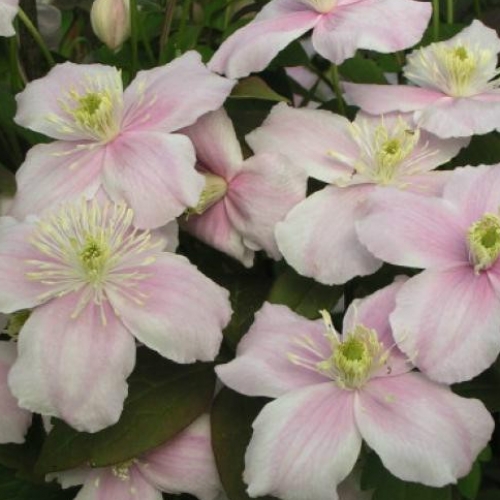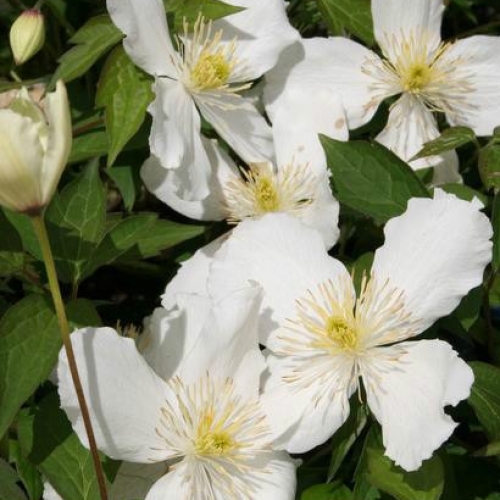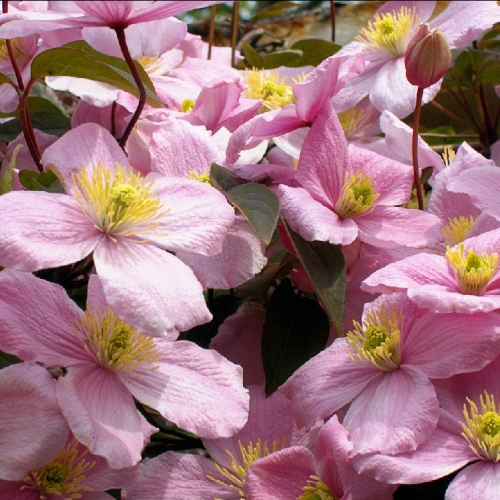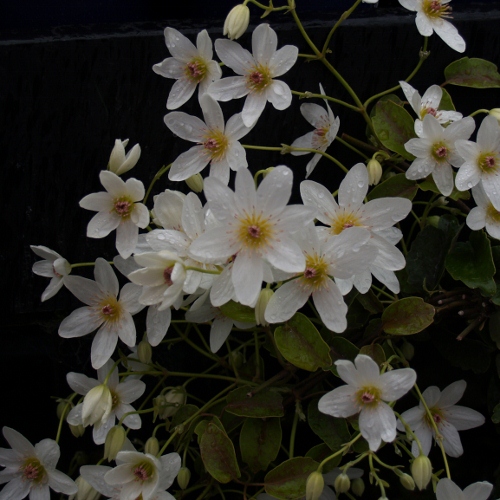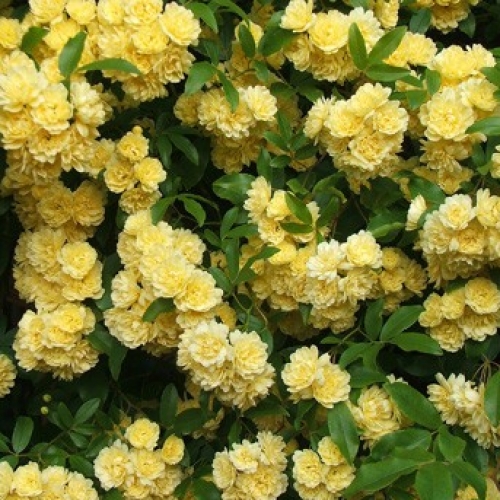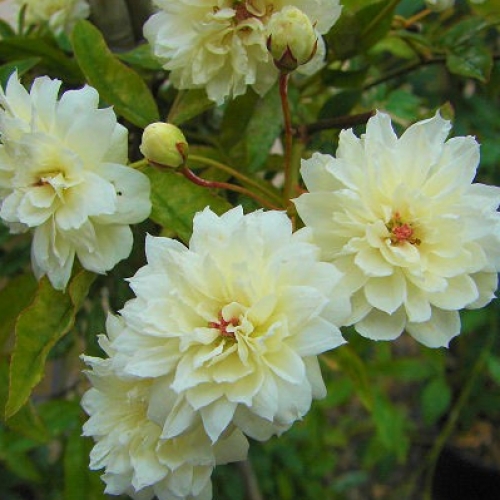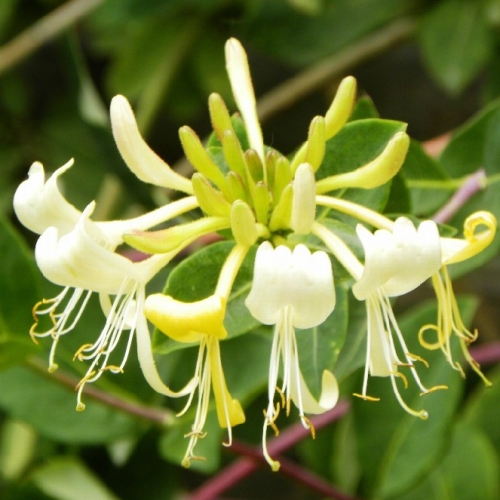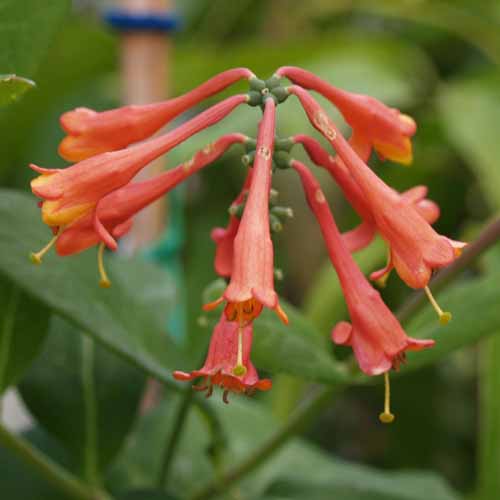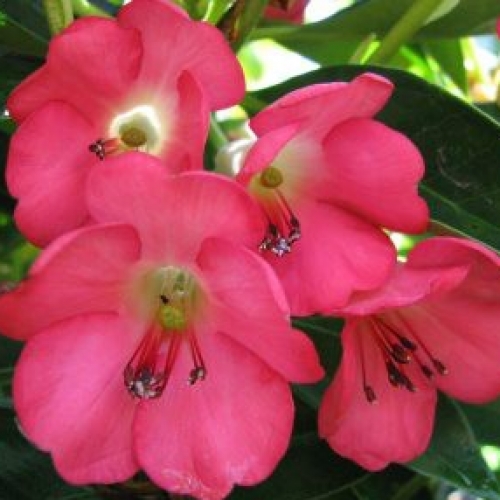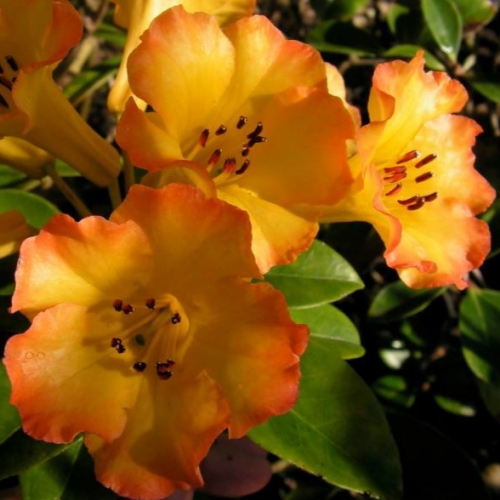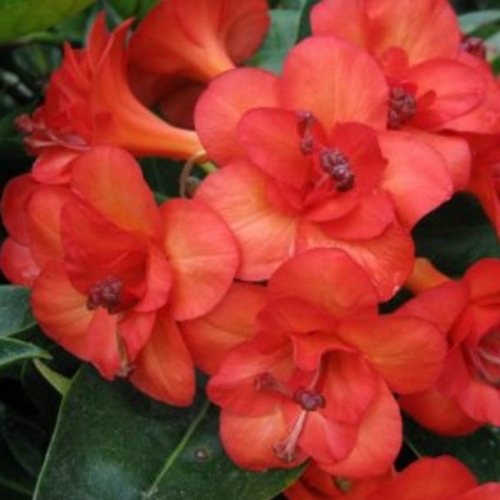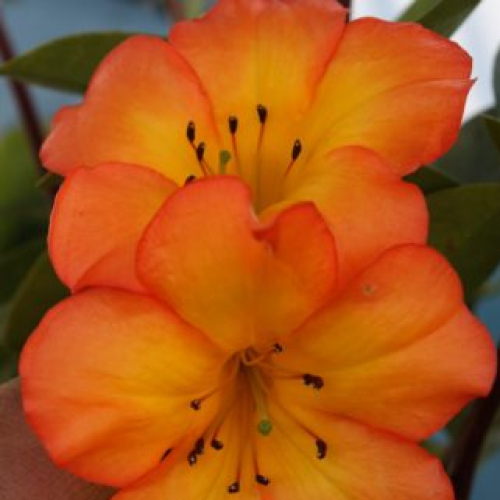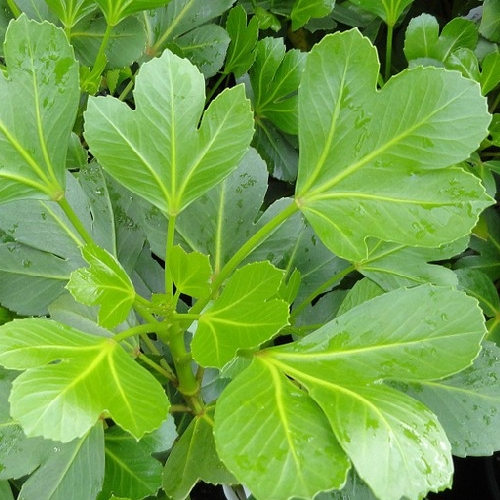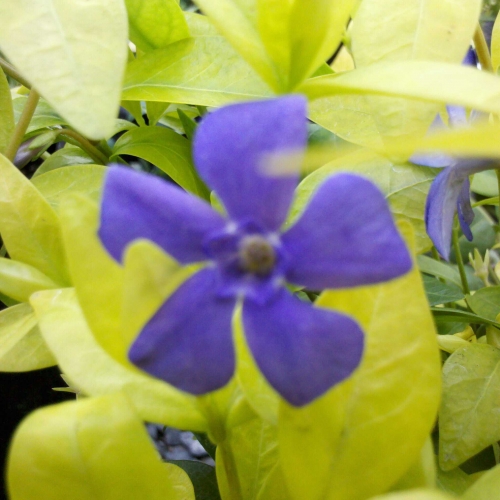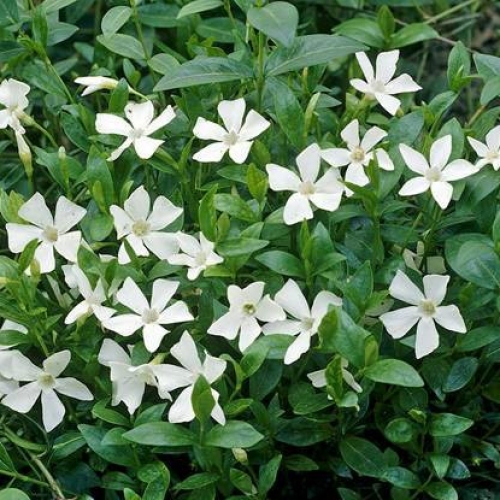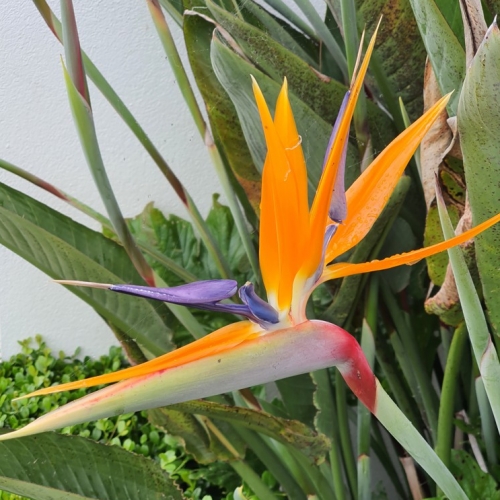Friday 28th August, 2020
Don't Wait to Bait
Hi
I am always looking out for different perennials to grow and to have to offer... it's a good thing to do as it extends my knowledge range of plants and growing them teaches me how they perform.. or not! LOL To be fair, some of these don't always get the premium attention that they deserve as the garden centre does come first.
The other day on my walk around, making a list of areas that need a tidy up, weed and feed (spring stuff just like your garden) I spied mice tails, all popping out of the pots... now I had forgotten that I had bought these in and was pleasantly surprised to see that they were actually up and coming.
Mouse tail plants are called
Arisarum proboscideum which is quite a mouthful to say and I don't have that one rolling off my tongue just yet. To be fair it's not a plant that I have had much to do with and interestingly enough just last year bought some from another garden centre to have as container plants, in a shady area.
To write this piece today I had to do a quick google as I didn't have its family tree just there in my head and found that this genus belongs to the arum family. More fun facts are that it is a woodland herbaceous perennial (soft leaved) that is native to Spain and Italy. These do die down for the winter just like Hosta's and other, really sexy leaved, perennial plants do but I imagine that they could look really cool mass planted... just imagine all those mouse tails popping up every where!
Now that I have checked all of that out, I need to move them to a more dappled light position, as we move more into spring and summer, as the light levels get more intense. These do need to grow a bit more but if you are interested then do click the link under the pic and place a back order.
What's in a climber?
I often get asked for a climber to cover this or that and while it is true that they will do the job... climbing plants do just that, they climb to get to the sunlight.. so if you are trying to cover a south facing wall the climber will get to the top and stay there and not cover the more poorly lit areas down lower. A north facing wall that get all the sunlight.. well that will be a different story!
Clematis are a climber that most will know and there are quite a few different types of these. The Montana's are, well tough, hardy, robust and vigorous and when they are in flower are just stunning with a profuse display of flower. These are quite different from the hybrids that have large flowers the size of saucers that are yet to come in.
Montana Mayleen. Beautiful bronze tinted foliage, tight rounded buds that open to reveal light pink blooms with yellow anthers and the most delicious vanilla fragrance.
Motana Rubens. Beautiful bronze tinted foliage, tight rounded buds that open to reveal rich smoky pink blooms with a heart of yellow anthers, topped off with a light fragrance and there are masses of them
Montana Snowflake. This beautiful deciduous climber is deservedly popular. As the new leaves start to emerge in spring the tight white buds open to large snowy white blooms that smother the whole vine for a breath-taking display.
Banksia roses. If you have been to Europe then you know what a delight these climbing thornless roses are. They flower in spring with the most magnificent display, of tiny yellow or white blooms, that you can imagine and are just stunning!!! Cut these back after they after flower as they bloom on previous seasons wood.
Lutea is the classic, or traditional one in my head, and has the beautiful soft lemon yellow flowers and alba is pure white... both are gorgeous.
Then there are the honey suckles... these pretty tough climber too and have large typical honeysuckle flowers that look a tad spidery and are deliciously fragrant. Graham Thomas is the one that we have right now Fabulously fragrant, large, tubular, white flowers, ageing to yellow amidst oval, mid-green leaves. Nothing beats their sweet honeyed fragrance on a warm summer breeze. This vigorous, climber will soon cover a boundary wall or fence in a sunny site. Later flowering than many varieties of honeysuckle it's ideal for a cottage or wildlife garden.
Clematis paniculata and
Purity These are a couple of evergreen clematis and they tend to have white daisy like flowers that always delight. Paniculata is one of our native species and Purity is a hybrid that has been crossed with another NZ native... Clematis forsteri, our alpine clematis.
Heaps more plants just arrived
Vireya rhodos are pretty cool... They like similar conditions, as our classic rhodos, of dappled light (though good light not heavy shade) or in the passing shade... something like getting all the morning sun and then being sheltered from that intense sun. Acid free draining soils, with good compost or peat, that conserve the moisture around those fine feeder roots. These beauties do suit being in pots, thought are equally at home in the garden, but they do need some protection form the cold or frosts. If they are grown in semi shade then the cold should not be a problem.
Lovely grade of
Podocarpus henkelii has just been put away... Great foliage and will suit being a specimen or even a topiary or even put a few together to grow as a hedge... Take note of the brand
new buds that open as they are almost pink on a green backdrop.
Vinca or periwinkle as many will know it is a wonderful, vigorous ground-cover that has small starry flowers in whites and blues and also has a variegated leaf variety. Covers the ground quickly and easily trimmed back from areas it is not needed in. Give them semi shade and a little extra moisture in summer so they don't dry out fully.
Bird of paradise, Strelitzia Reginae can take some years to develop but once this starts flowering it is stunning. The large swords of blue green foliage look great as a structural element while you wait for them to flower. They do like the sun however they don't like frost so offer some protection when needed.
Pseudopanax Cyril Watson, gorgeous large in-ground grown grade of these came in this week and they look great, big and bushy. This handsome, evergreen, native has 3 lobed leaves that can have a bronze overtone in winter but shiny green the rest of the year. Looks great in containers or the garden.
Just when the guys think that they have finished potting and can start planning our traditional Potting Party (I think of it as a team building exercise) Cathie goes and orders more bare rooted trees.
Magnolias,
Apples,
Hydrangeas and the most amazing grade of
Liquidambar Gumballs. I also heard her confirming an extra shipment of
roses to top up some old favourites so the party will have to wait a bit longer.
I just have to mention the
Helleborus niger, with their gorgeous white flowers. These do prefer a dryer position than some of the other species.
White Magic is really very pretty, very white and a delightful,
simple form. There is also another niger form and this one is a
semi double... it's a must have.
That certainly was a Spring weather week
Well what a wet, squally weather week that was and those showers really got you wet. It was the perfect rain to wash in the
ferts if you had got them onto the garden... sadly we missed the boat and haven't quite got round to feeding (maybe this weekend) but have cut back the hydrangeas and tidied up all the winter wear on our
Cannas, out there on the roadside. I have a plan to make some small changes out on the roadside garden as well.
It's time to do stuff, so much stuff. I think the forecast is for a find weekend, so seize the opportunity... feed, clean and bring that garden up to scratch for that spring display... just a small word of warning though, it's too late to shift plants that have started the spring flush as the success rate is pretty low.. esp roses. It's all to do with the saps rising at a phenomenal rate and they will just bleed out.
Other points that should be on your to do list other than just feed is knowing that the slugs will soon be on the march if they are not already. Get slug bait out before those
Hosta's start to grow, and even the
Liriopes, one bite means all of the coming leaves will have a hole in them (and that's assuming they leave some leaves).
Slugs and
snails love
delphiniums so don't wait to bait near them as the molluscs will sniff them out before you see them growing.
Virginia said to me the other day "This year is going so fast, whew, why is it going so quick? It's just racing by... soon it will be Christmas!"... Well she is right but let's just enjoy this weekend because next week will be here soon enough.
Cheers from Lloyd, Tony and the Wairere team.

